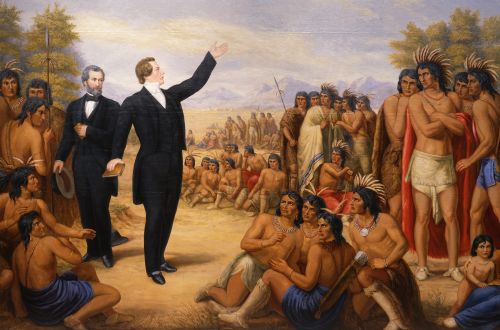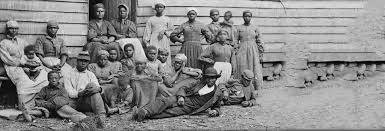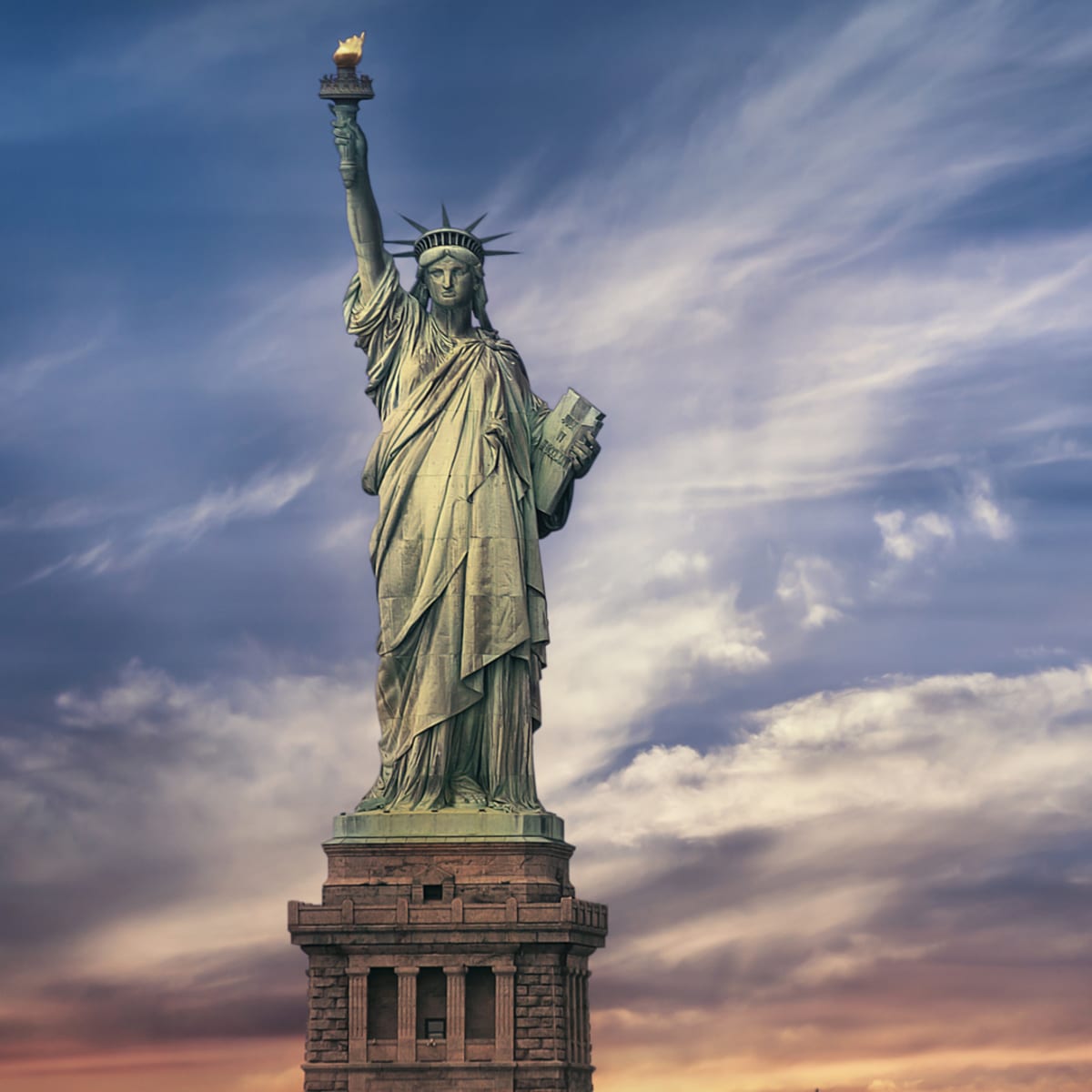I thought the best possible way to start delving into the history of whiteness would be to first examine what whiteness and race looked like before immigration started picking up. How did early colonists view race, especially in regard to African American slaves and indigenous people? Clearly, we all know the history behind the harsh oppression of these two groups. However, I find it important to start this narrative here, as it lays the groundwork for how other minority groups experienced oppression in the future.
The history of colonists and indigenous people is filled with conflict, wars, and oppression at the hands of white settlers. The colonists decimated indigenous groups not only with violence but also with diseases such as smallpox that the indigenous people had never been exposed to. There are numerous accounts of white colonists discriminating against indigenous people based on their skin tone and their way of life. However, the oppression did not end there. In her book America for Americans: A History of Xenophobia in the United States, Erika Lee explained the concept of nativism, or “the naming of white Anglo Saxon Protestant settlers and their descendants as ‘natives’ to the United States and the granting of special privileges and protections to them” (225). Not only did colonists kill and oppress indigenous people, they even went so far as attempting to reclaim their history. They thought of themselves as the founders of the United States, deserving of power and privilege. Lee continued, “As so called native Americans, white Protestants believed they should be recognized as ‘true’ Americans who alone knew what was best for the country. They also insisted that they deserved preferential treatment and rights- such as the ability to hold public office- while claiming that foreigners did not” (232). In rewriting this history, white Protestant colonists made it clear that indigenous people did not have a place in their society. This argument was thus used against every other group of immigrants that came to the United States. They weren’t native Americans, therefore, they shouldn’t have access to that level of privilege, even if the immigrants were white skinned. Lee concluded, “These were simultaneously acts of physical, legal, political, and rhetorical dispossession that worked hand in hand with xenophobia, slavery, and white supremacy to create a distinct and and racist American national identity” (239). Not only was this rhetoric harmful to indigenous people, it also has worked against almost every minority group since, arguing against their rights to citizenship and equality.

The institution of slavery was founded over a century before the United States. The first slave arrived in Jamestown in 1619. There was no question that white settlers treated slaves differently because of their race. This idea is nothing new and is unfortunately still very present in today’s political landscape. However, something I found interesting in researching this was the juxtaposition of African American slaves with white indentured servants. In his book The Wages of Whiteness David Roediger argued, “in its origins, the artisan population was particularly unfree, dependent and subjected to treatment often compared with that meted out to black slaves” (29). There is an argument to be made that indentured servants were oftentimes treated just as poorly as African American slaves. However, something kept them from becoming branded as inferior. Roediger wrote, “the ‘physical reality’ of servitude was made still more meaningful because indenture was so dramatically poised between independence and chattel slavery” (29). Indentured servants were definitely thought of as inferior to free white Protestants, but they were never at the same level as slaves, because unlike slaves, they eventually would have the chance to be free. I found this in between social class stunning, as it is an early sign of the in between social class immigrants would later face, as they were neither privy to white Anglo Saxon privilege nor were they treated as poorly as immigrants of color. The way indentured servants lived in between these two extremes was indicative of what was to come. Roediger concluded, “white servitude was a problem that could be and was conquered both at the social and at the individual level in a way that black slavery was not” (32). Just as immigrant groups like Germans and Irish were able to become white, indentured servants were able to become citizens. However, the problems of slavery and inaccessibility of the white identity to people of color have yet to be solved.

This early history not only lays the ground for how immigrants would be treated in the United States, it also shows how some of these problems have yet to be solved. Indigenous people and African Americans still face racism and oppression in the United States and attempts at reparations have been subpar. The patterns that have came from this oppression is startling and unfortunately can still be seen today. As we continue to examine how immigrant groups became white, keep in mind these experiences and how they connect to the history of immigration.
Works Cited
Lee, Erika. America for Americans: A History of Xenophobia in the United States. Basic Books, 2019.
Roediger, David. The Wages of Whiteness. Verso, 1991.
